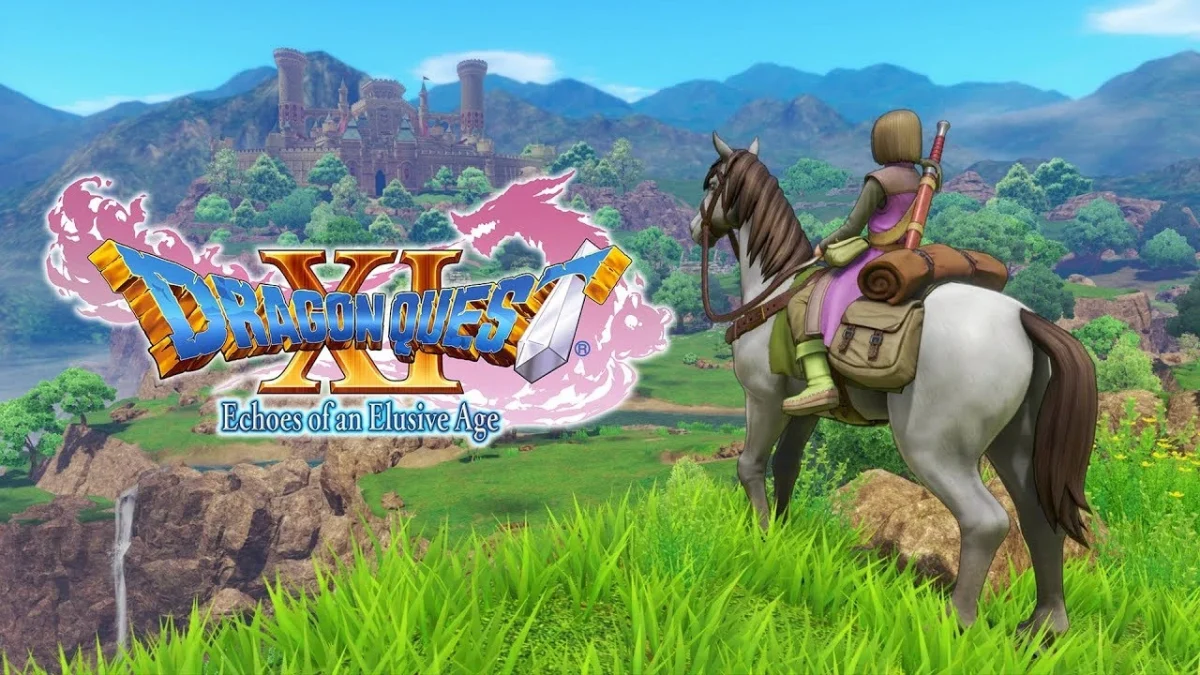 Adrian Northrup
Adrian NorthrupEdward Norton Lorenz, an American mathematician and meteorologist, believed that the smallest action, such as the flutter of a butterfly’s wings, could move one molecule, which would move another and another until it created a massive windstorm on the opposite end of the earth. The Butterfly Effect, as it is called, holds true for the choices we make as well; we impact the lives of others at times without realizing.
Specifically, I’m referring to the impact of people who practice recreational drug use in the United States and the implications of buying or selling marijuana.
Marijuana is considered a harmless pastime, generally speaking, for many people living in the United States between the ages of 18 and 25. The issue is that using drugs such as marijuana that have been cultivated in developing countries, such as those of Latin America, hinders the progression of the economy and supports the violence associated with drug trafficking.
As a student studying abroad in Costa Rica for the fall semester, I have seen and heard about the effects of drug trafficking and use from the people who are surrounded by it daily. For example, there are farmers that choose to grow marijuana instead of domestic products because the crop is more lucrative in the external market, due to high demand, than rice and beans (staple foods) within Costa Rica. As a result, the Costa Rican economy suffers because it is not generating capital through the domestic market.
The opposing argument is that it is the farmer’s choice to grow plants associated with drug production. If there was not a supply, then people could not purchase, and they would not be supporting the violence associated with drug trafficking.
Touch. However, many Latin American farmers have large families (to help maintain the farms and manage crops), which equals more mouths to feed, as well as the desire to educate and supply their families with the basics. There really is very little to think about when the price of beans is incomparable to the profit from selling coca, the plant used in cocaine production, or marijuana.
There are programs funded by the United States to provide incentives for farmers to grow domestic products such as rice and beans, yet the benefits are still incomparable.
The reasoning behind U.S. involvement is that it is one of the major consumers of cocaine produced in Central America. The U.S. government has allocated millions of dollars to control drug production. For instance, the Colombian paramilitary groups such as the Fuerza Armada Revolucionaria de Colombia are in the preverbal periscope of the U.S. military. Decreased demand would decrease production which would, in turn, require less of the U.S. budget and allow the government to focus those funds in areas of need, such as education and health care.
An example of violence associated with drug use in the Americas is the accompaniment of guns with production and trafficking.
Recently a classmate of mine, whom we’ll address as Bob, was in the Bagaces, Costa Rica, our study abroad site near the Plaza de Torros, which is a sports arena of sorts. While Bob was smoking marijuana with two newfound friends, another man approached and proceeded to snort cocaine with the others. Unsure of how to behave, Bob pretended not to notice, when suddenly the man removed a gun from his pocket.
The man behaved strangely, waving the gun that lay in his palm. Bob did not know what to do and could barely understand his excited Spanish. Then, casually, noticing the terrified look on Bob’s face, the man said calmly, ‘La policia .’ assuring Bob that he wouldn’t get shot because the police would hear. Then, he returned the gun to his pocket and left.
The resulting dilemma of my classmate is that he feels he does not have the right to smoke marijuana unless he is consciously making the decision to support every step of the drug-producing process, including the death, destruction and oppression that are surely occurring, which he simply cannot abide.
Are we as conscious of the effects of our behavior as we think? The money from drugs that have made their way to Wisconsin, to Eau Claire, to your neighbor’s house or yours funds drug production and indirectly hinders the progress of many drug-producing countries, such as those in Latin America. I definitely agree with Mr. Lorenz; the smoke from one joint in Wisconsin can influence the lives of hundreds.






